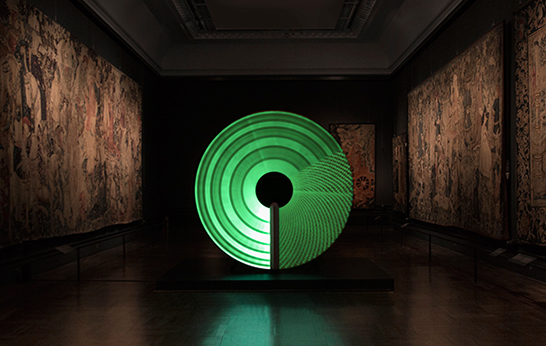
Kinetic: Lighting Trend
Much like the flames of a fire, these immersive lamp designs create a soothing ambience by casting moving patterns of light in a space.
Installed during the London Design Festival in the Victoria and Albert Museum’s dark Tapestries Gallery, Candela was an immersive installation devised by a multi-disciplinary team comprising of product designer Felix de Pass, graphic designer Michael Montgomery and ceramicist Ian McIntyre. A round disc made of a glow-in-the-dark material is mounted on a rotary machine. As the disc slowly rotates it passes through a light source that charges its surface. The charge causes the panel to glow, creating an ebb and flow of light patterns that travel across the surface.
The Ripple light by London-based design studio Poetic Lab features an unevenly shaped and rotating glass diffuser. Set in a brass base with a rotating motor, the halogen light source is encased within a small mouth-blown glass diffuser that is in turn housed within a larger one. The uneven, layered glass throws out beautiful patterns onto the surrounding walls.
Three circular panels of textured acrylic are layered and then rotated by a motor to create constantly changing patterns of light in Bilge Nur Saltık OP-light design.
Dutch designer Teresa van Dongen‘s Ambio, bacterial lamp is filled with a specially formulated recipe of octopus bacteria that glow when the lamp is moved. Bioluminescent micro-organisms are naturally found in seawater and emit light when the waves turn and they are provided with oxygen. Ambio balances two weights and a glass tube half-filled with the luminescent bacteria “Give the lamp a gentle push every so often and the weights will keep it moving and thus glowing. Ambio is a visualization of a research on how to use nature as a source of energy,” explains van Dongen.
For his Moiré mirror, graduate designer Hayo Gebauer layers two discs made from one-way mirror glass with a patterned lightproof film on the reverse. Lit from behind, the discs rotate, creating a moiré effect that reveals the hidden light source behind when the patterns align.
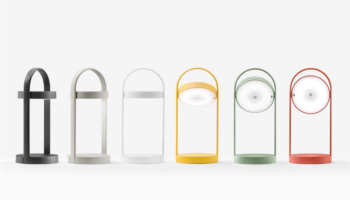
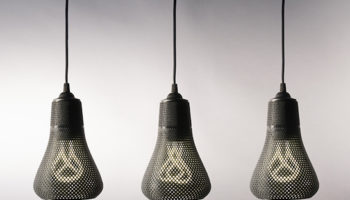
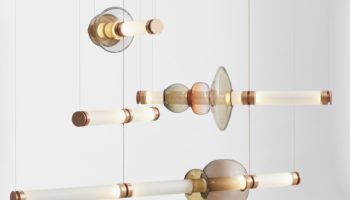
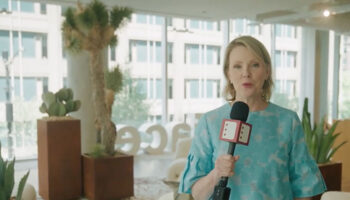
Leave a Reply